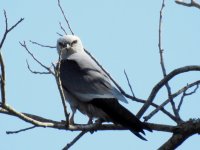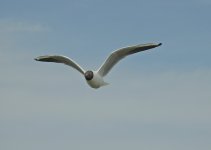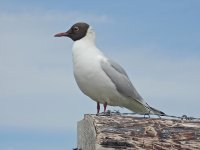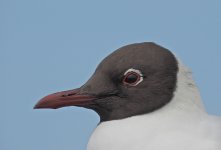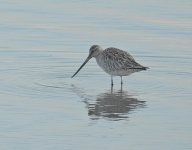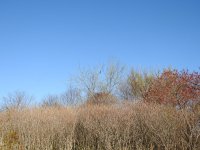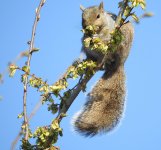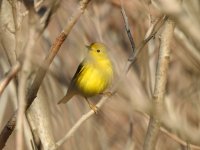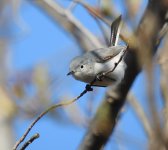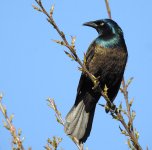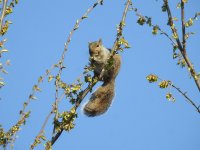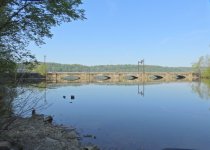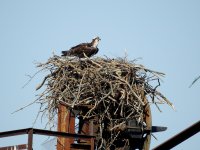It's great to see so many new P900 users' photos. I've really been enjoying them, hope you'll all keep them coming and let us know what you're discovering in the way of favorite settings.
Today I played around with "pre-shooting cache" for BIFs (binoculars page 67 of the manual) It starts recording images the moment you depress the shutter halfway, shoots at about 15 fps and buffers more quickly than regular high speed burst. It reduces the size of the pics, but since I'm never going to get print quality BIFs anyway, that doesn't bother me much....I'm more concerned about being able to get record shots when I need them.
Anyway, combined with a fast shutter speed it seems pretty useful...just haven't decided if it's also good to pair it with one of the tracking autofocus settings or better to stick with a medium-sized centered focus square. When I figure it out, I plan on saving to "U" so as to be able to get on BIFs quickly.
Also turned on digital zoom for a little while today, here's an un-cropped Kite taken at 4000mm equivalent.
Today I played around with "pre-shooting cache" for BIFs (binoculars page 67 of the manual) It starts recording images the moment you depress the shutter halfway, shoots at about 15 fps and buffers more quickly than regular high speed burst. It reduces the size of the pics, but since I'm never going to get print quality BIFs anyway, that doesn't bother me much....I'm more concerned about being able to get record shots when I need them.
Anyway, combined with a fast shutter speed it seems pretty useful...just haven't decided if it's also good to pair it with one of the tracking autofocus settings or better to stick with a medium-sized centered focus square. When I figure it out, I plan on saving to "U" so as to be able to get on BIFs quickly.
Also turned on digital zoom for a little while today, here's an un-cropped Kite taken at 4000mm equivalent.




